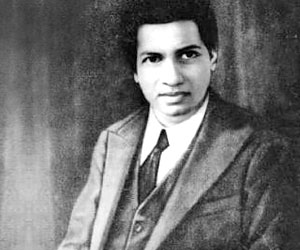user174558
user174558
user174558
user174558
user174558
user174558
user174558
user174558
user174558
user174558
user174558
user174558
user174558
user174558
user174558
user174558
user174558
user174558
user174558
user174558
user174558
user174558
user174558
user174558
user174558
user174558
user174558
user174558
user174558
user174558
user174558
user174558
user174558
user174558
user174558
user174558
user174558
user174558
user174558
user174558
user174558
user174558
user174558
user174558
user174558
user174558
user174558
user174558
user174558
user174558

